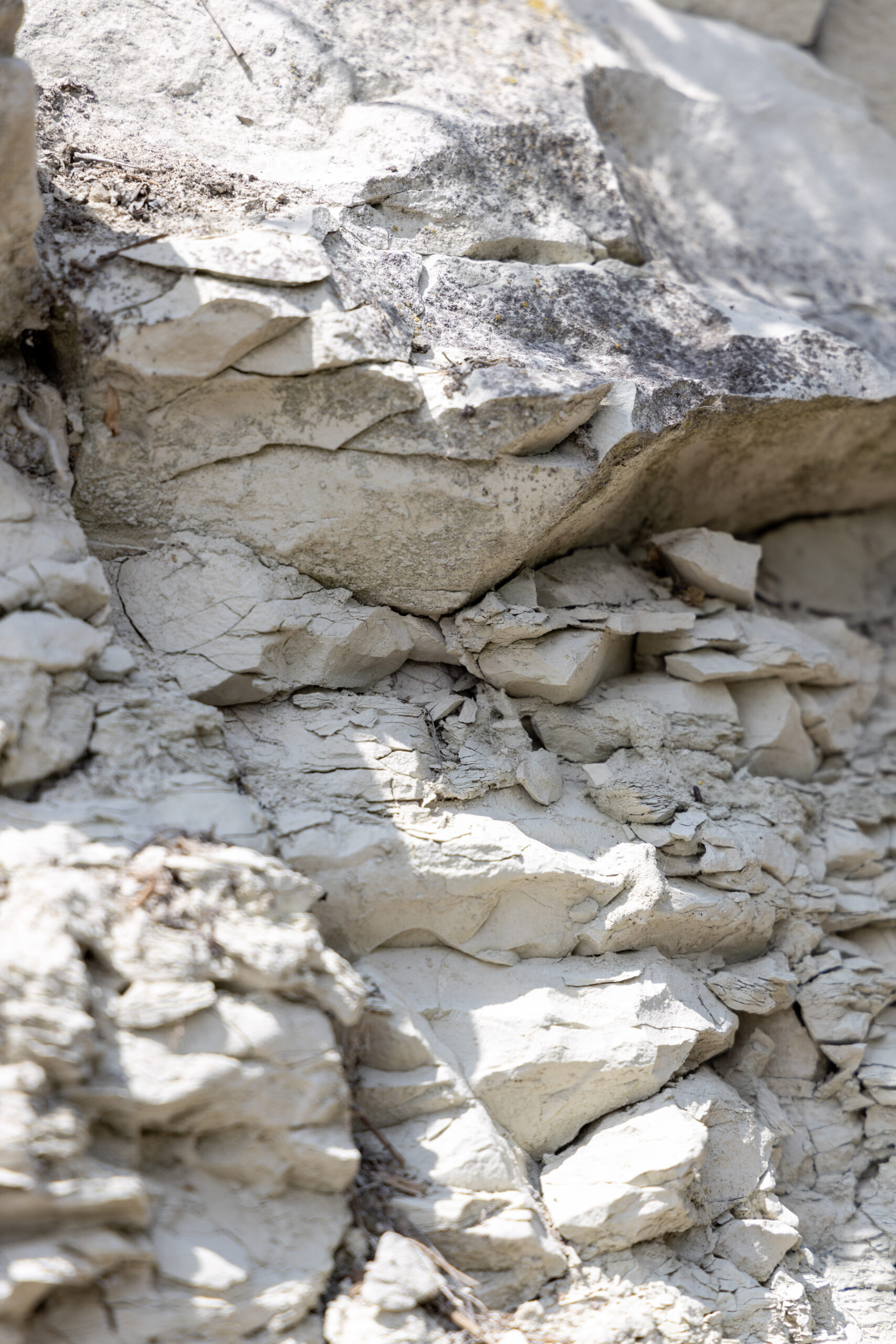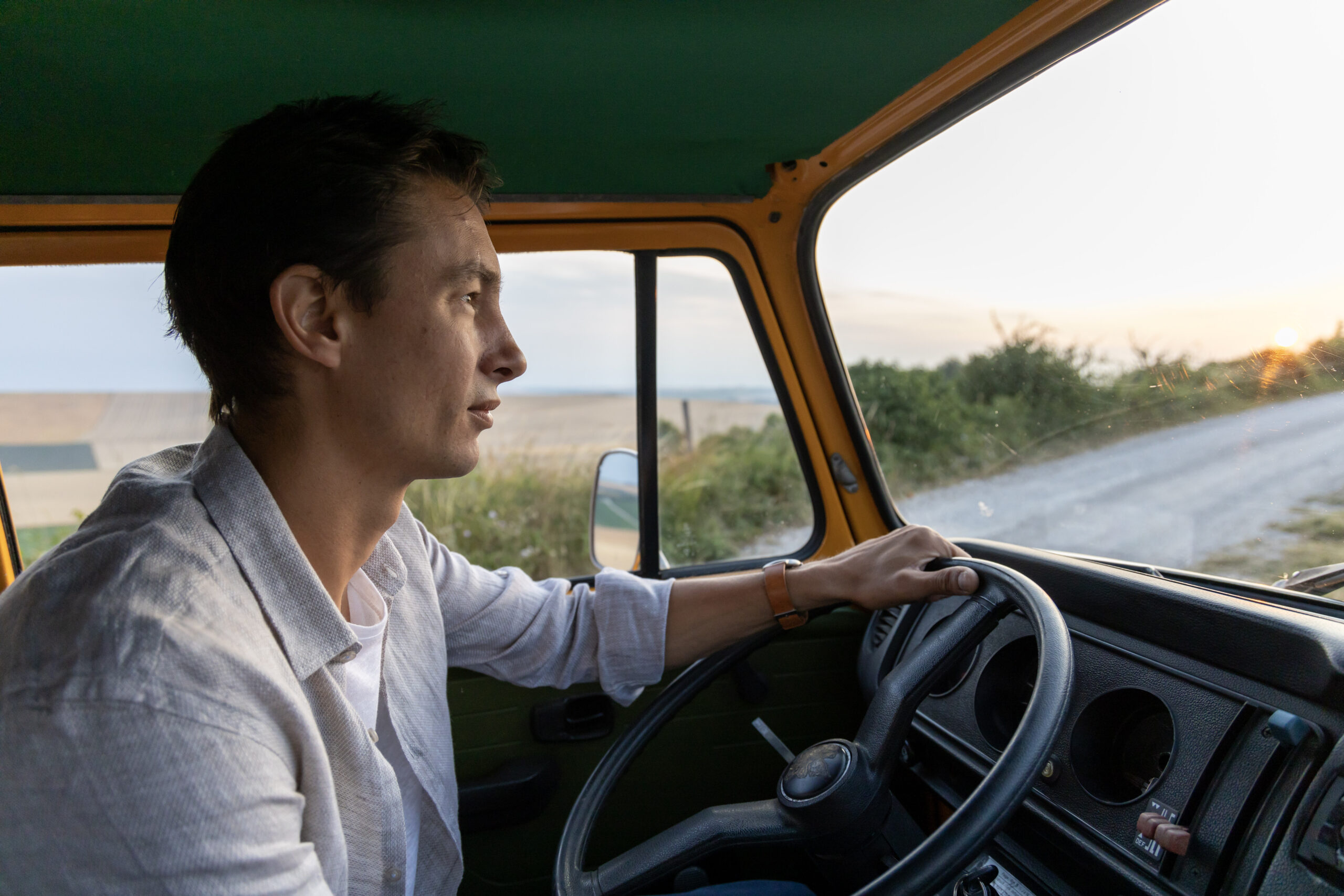Champagne Antoine Chevalier is situated in a remote and forgotten corner of Champagne called the Coteaux Vitryats, located geographically between the Marne and the Aube. About an hour’s drive from the main Champagne villages of Reims, Epernay and Troyes, this tiny sub-region encompasses a mere 450 hectares, a drop in the bucket compared to the 34,300 hectares that makes up the entire Champagne region. Historically, however, in the pre-Phyloxera era this region was significant and a commercial crossroads between the Kingdom of France and the Germanic Empire due to its geographical location and proximity to the Marne River. In fact, in 1837, the Coteaux Vitryats made up 4,000 hectares out of the 22,000 hectares of vineyards in Champagne at the time. The region never really fully recovered from the scourge of Phylloxera, and vineyards were slowly replaced largely with other agricultural products, such as wheat.
In fact, when driving up to the cellar and vineyards of Antoine Chevalier from the main road, you pass through acres and acres of these largely flat agricultural fields before you see the first vines which are planted on small hillsides that rise up from the plain near the tiny village of Vitry-en-Perthois. Here, Chardonnay reigns supreme, making up 98% of the surface. Like many parts of Champagne, this is due to the high limestone content of the vineyards which are layered in different strata depending on the geological era, varying from the Upper Cretaceous to the Middle and Upper Turonion eras formed between 65 and 90 million years ago. These different layers, which can vary even from the top and bottom of a slope, provide differing sensations of chalkiness and minerality, and add to the complexity of the Chardonnay from these particular parcels.
While there are 60 hectares in the village of Vitry-en-Perthois, Antoine Chevalier is the sole vinifier. His debut release was in 2016 but the family’s history dates back to 1925 when Antoine’s Grandfather, Guy, a farmer by trade, bought vineyard land in Vitry-en-Perthois and planted vines. He later became Mayor of the village and was instrumental in developing the reputation of this sub-region as a high-quality source for grapes and wine but did not produce his own estate-bottled Champagnes. Many years later in 1973, he helped to create the local Bassuet Cooperative, which served as an important source for the large Grand Marque houses to the north.
Antoine runs his tiny 2.5-hectare winery with his partner, Aurore. Before returning to his family’s estate in 2014, he traveled the world for several years and worked in several other viticultural regions including Burgundy, Languedoc, Ardeche, Germany, Spain, Portugal, and South Africa. In his travels, he was exposed to the values and virtues of natural farming, and upon his return, set about to evolve the family farm in a more natural direction. Starting in 2017, they began converting their vineyards to earn official certification for their careful work.
Antoine’s wines are made in a small cellar near the old house that contains all the equipment and aging facilities. This was expanded in 2023 to allow for better aging conditions for the bottles underground. At harvest, the wines are picked by hand in small bins, brought back to the winery, pressed, and put in a combination of barrels, tanks, and ceramic globes for natural fermentation. They are then aged for a 10-month aging period before bottling without fining and filtration for the tirage. The wines are aged for 36 months on lees to achieve official Vintage designation. The wines are then disgorged, with little or no dosage, and aged for a minimum of six months before release.
The Chevalier range are all single-vineyard, single vintage, and 100% Chardonnay, The first parcellaire cuvée known as Carkonnia, which is the Gallic name of his village, comes from a south-facing, hillside Chardonnay parcel named Le Jardin le Meunier planted in 1973. The second, Tecta Silva, a name related to the history of chalk quarries in the area, from a parcel called Les Renardes, is a southeast-facing vineyard planted in 2000 and located in the neighboring village of Couvrot. Here the chalk is crumbling and almost gravelly and imparts a heightened sensation of minerality at its core. Starting in the tiny vintage of 2021, he is also producing a Coteaux Champenois from a few rows in the plot called Les Crochots, which was planted in 1973. It is aged for 18-24 months in barrel before release and is limited to a few hundred bottles only.
It has been said that we are in the Golden Age for Champagne, and we couldn’t agree more! The explosion of amazing, tiny producers in recent years sprinkled throughout the many villages and sub-regions of Champagne is unprecedented. And just as the now-famous Ulysse Collin put the remote Cote de Sézanne and Val du Petit Morin on the map with his riveting array of Champagnes, it is clear that Antoine Chevalier will let the world know about the potential for amazing Chardonnay-based Champagnes from the Coteaux Vitryats! For now, we just have to wait slowly for his tiny production to increase. But we are happy to get the few bottles we can!







